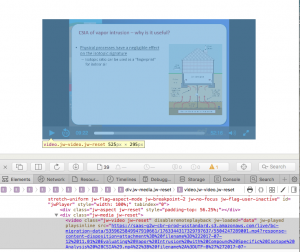My sister-in-law also brought her mid-2009 MacBook Pro to town last week, which was still running Capitan and not working as well as it could have with iCloud – she was getting annoying messages constantly asking her for her iCloud credentials.
Her Mac only has 4GB of RAM (2×2) and a spinning hard drive, both of which I would love to upgrade at some point. For now, I recommended that she try dosdude1’s app, macOS High Sierra Patcher (version 2.5.3), to install High Sierra on unsupported hardware. Reading dosdude1’s “Known Issues”, we found that her wifi card, ending in ID 0x8D, was reported to be compatible with the patch – full speed ahead!
Its important to follow dosdude’s “Recommended Steps“. I tried using my already downloaded copy of High Sierra with dosdude1’s app, but I received error messages we couldn’t get past. Instead, we used the integrated High Sierra download feature that dosdude1 integrated in the macOS High Sierra Patcher app. It took her machine about two hours to install the macOS and Post-Install routine – the limited RAM and aging Core 2 Duo inside her machine may have contributed to this.
Her trusty macbookpro5,4 seemed to be working fine with High Sierra. The only gotcha was that Photos.app was taking hours to “Update” her library – it never finished before she left, so hopefully its picked up where it left off when she returned home, despite us having to force-quit the library update. More importantly, her machine now seems to properly authenticate with iCloud, which is what we had hoped for in the first place.
Installing patches like this is not everyone’s cup of tea, but I’ve installed patches like this before and had good luck. We used the MacPostFactor app to get my wife’s old MacBook Pro on Mountain Lion, which it happily ran for years. I also helped co-workers install MacPostFactor on their aging MacBooks, which all ran it with good success after we consulted Black Manticore for some advice. With these successes in hand, I felt ok to recommend that my sister-in-law try it for her main machine. Will update if this approach backfires on us.

